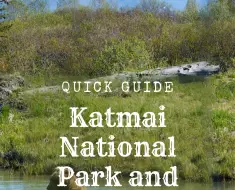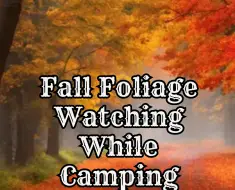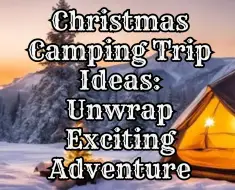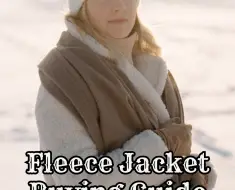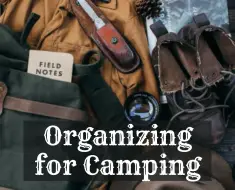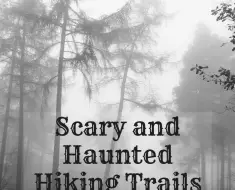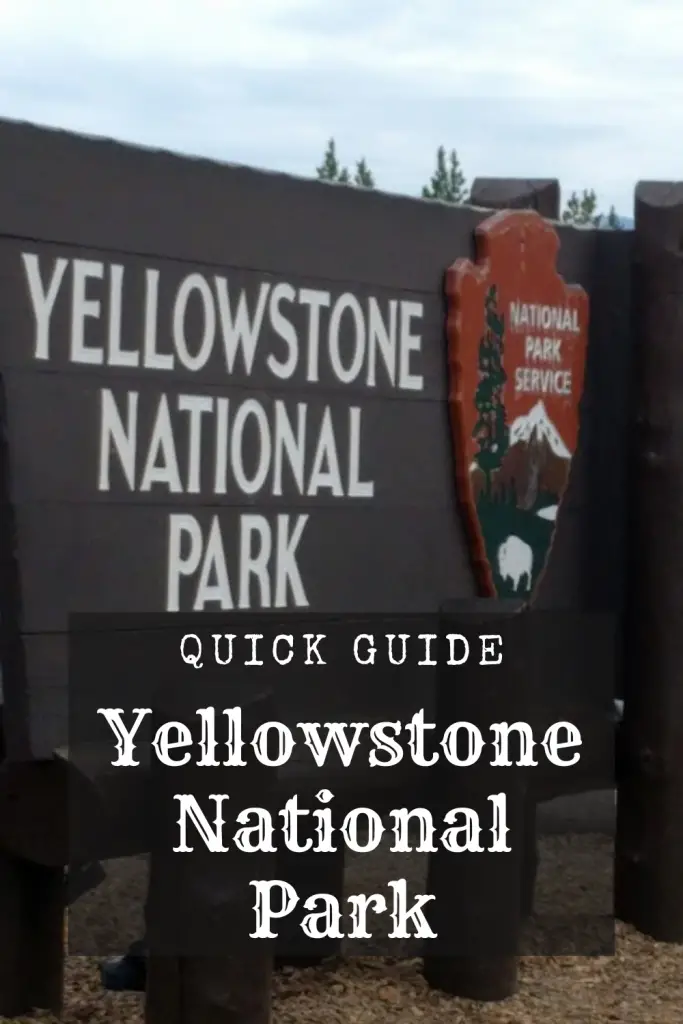
For whatever reason you decide to take a vacation, your decision is valid. The numerous advantages of taking a vacation and unwinding the mind cannot be overstated. After deciding to take this trip, the next step is to choose a place. With so many options available how can you choose just one place to go? National parks provide a new dimension to vacations. The first National Park in the United States was Yellowstone National Park. Use this quick guide to learn more about the park, where to stay, and things to do while in the park.
Prepare for your camping trip with a new family tent.
America’s Best Idea
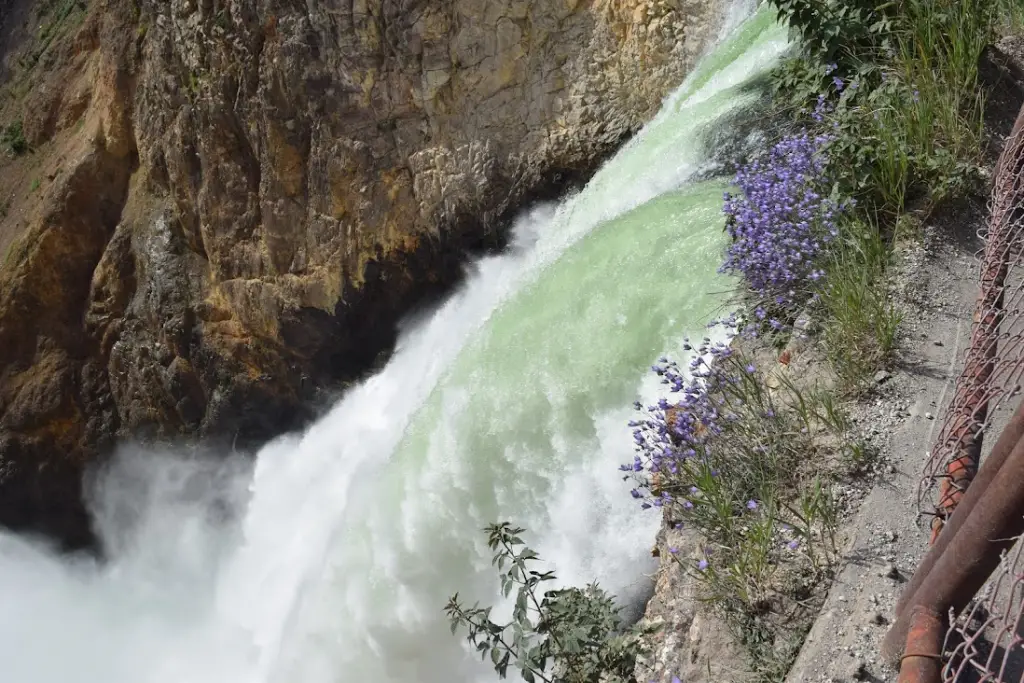
Aside from the fact that they provide a stunning picture of our environment and ecology visiting national parks supports a noble cause. Not to mention that they contain some of the most beautiful sites in the world with breathtaking vistas. This is why the National Park System is considered America’s Best Idea.
National parks are places set aside by the government with the primary purpose of preserving nature. The government also set aside national parks for public leisure and enjoyment. Some are saved because of historical or scientific linkages and importance. All of them offer a glimpse into the wild and historic nature of the United States.
Yellowstone National Park Quick History
The notion of a state-owned park or nature reserve is said to have originated around 1870. The most famous is Yellowstone National Park in Wyoming, which was established through legislation signed by US President Ulysses S. Grant in 1872.
Yellowstone National Park is one of Wyoming’s most popular tourist destinations. It has gorgeous views, diverse natural systems, and intriguing geothermal wonders. Not to mention, it is home to some of the world’s most active geysers! These geysers provide visitors with a glimpse into the immense forces at work deep beneath the earth’s crust. These same forces have shaped a number of brilliant and dramatic landscapes across the park.

Yellowstone National Park is a world of extremes. In spring and summer enjoy the lush greens and sparkling blues. This is when herds of bison and elk graze along river banks. The park changes to the fiery reds, oranges, and golds of fall, when grizzlies and black bears bulk up on berries. However, the park changes to the white wonderland of the freezing winter. Each season portrays a different yet extremely dazzling view.
FAMILY-FRIENDLY ACTIVITIES
Whether you visit Yellowstone as an individual, a couple, or a family on vacation, there are always activities and things to do. Building small camps for games and picnics, lighting campfires, and playing group games with a view are just a few. Well-kept boardwalks and hiking trails provide close-up views of the principal features. Additionally, trails lead to stunning perspectives and view points. The good news is that many of the routes are handicap accessible. So while you could explore the Yellowstone backcountry, most wonders can be enjoyed by all.
ITINERARIES FOR SINGLE OR MULTI-DAY TRIPS
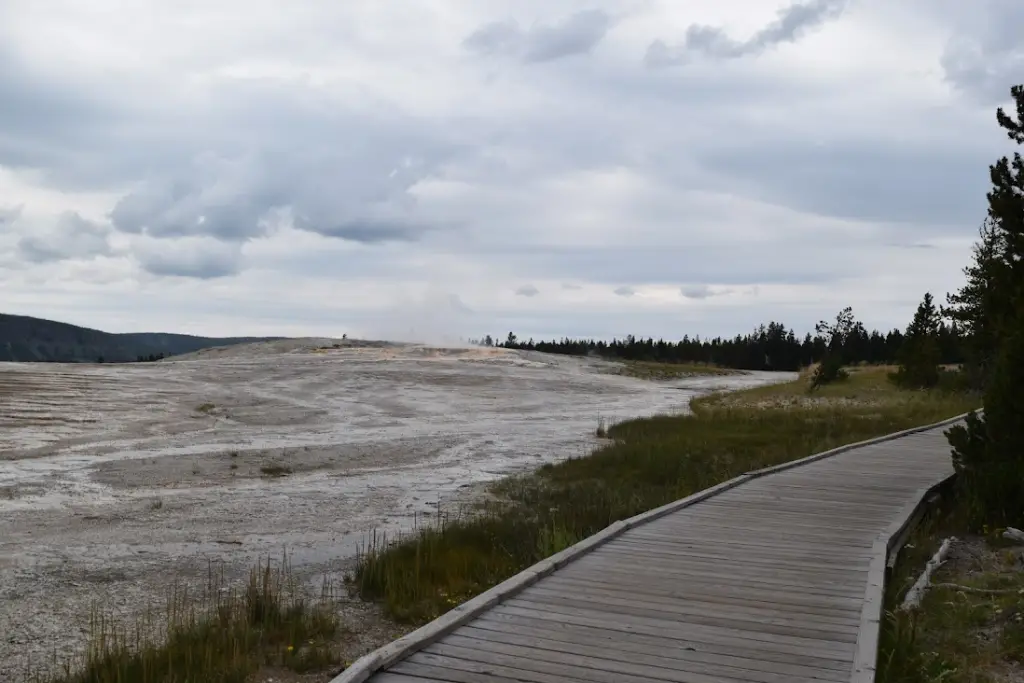
There are so many things to do in Yellowstone that you should not try to accomplish everything in one day. Make a note of everything you want to see during your stay at the park. Depending on how much time you have, you may want to see two or three landmarks in one day. To get the most out of your visit and not lose out on the excitement stay focused on what you want to see. Also keep in mind that, depending on traffic, driving the whole length of both circuits of the park can take anywhere from four to seven hours. So, plan accordingly for you and your family.
Yellowstone is a bit of a drive from really anywhere. Keep that family entertained along the ride.
Important Things to See at Yellowstone National Park
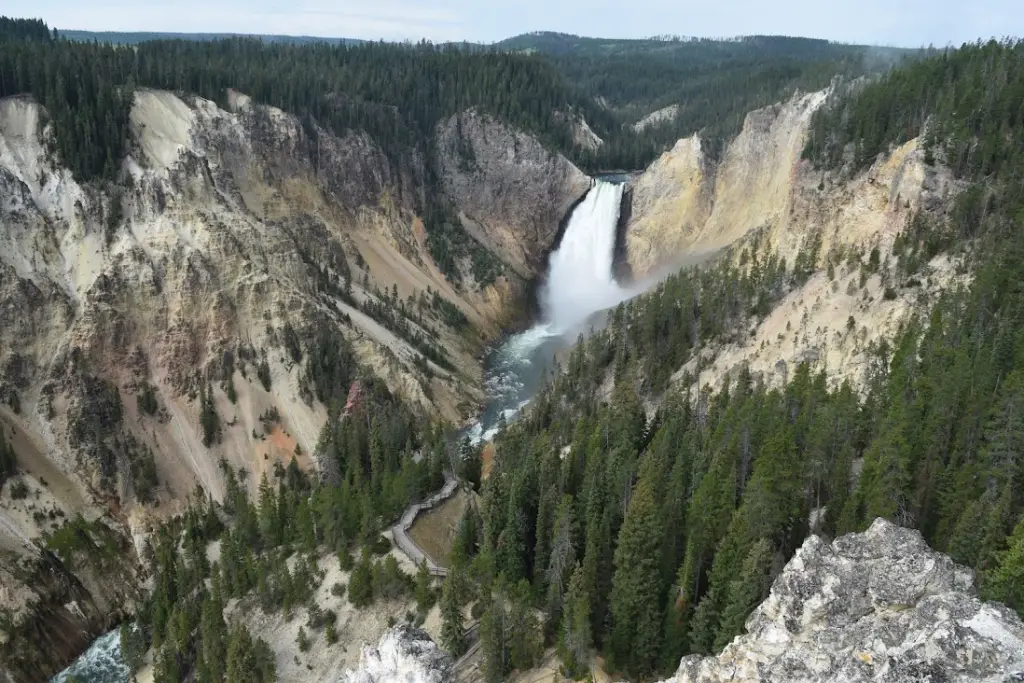
The list of things to see in Yellowstone National Park is virtually endless. Yellowstone National Park is home to some of America’s most beautiful waterfalls and mountains. Take a hike to see serpentine rivers and sweeping green valleys. Better yet, hike to immense lakes, gorges, thundering waterfalls, and hissing lunar-like vistas, the panorama is varied. Its rugged cliffs and volcanic mountains give way to tumbling gorges and hot springs with rainbow hues. Families that visit the area for a vacation enjoy hiking in the park’s mountains. It also shelters animals that aren’t seen on a regular basis. Just keep your distance from the wildlife! It’s also a great place for you and your family to see some of the world’s most spectacular geysers. The trails below provide further information.
YELLOWSTONE PARK’S BEST TRAILS
Old Faithful
Although Old Faithful is not the park’s largest geothermal, it erupts more regularly than the other huge geysers. The eruptions last anywhere from one and a half to five minutes and reach heights of 90 to 184 feet. Inquire at the tourist center for an estimate of the eruption timings. It’s known for being one of Yellowstone’s most colorful locations.
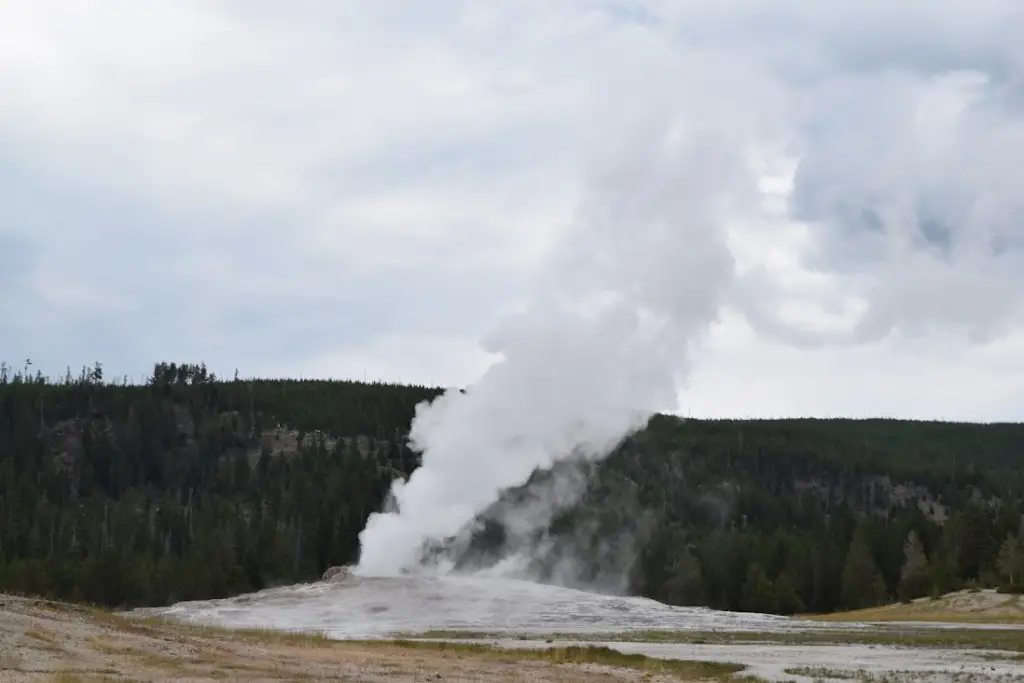
Morning Glory Pool and Upper Geyser Basin
The Upper Geyser Basin contains the world’s largest concentration of geysers, with the majority crammed into a single square mile. Take a two-hour boardwalk trek across the region. You will see Old Faithful, the Giantess Geyser, the Beehive Geyser, the Castle Geyser, the Grand Geyser, and the fountain basins. Each shimmer in a kaleidoscope of colors.
Mud Volcano
Yellowstone contains the spectacular mud pots of the Mud Volcano Area. Additionally, the seething Sulphur Caldron, one of Yellowstone’s most acidic springs, close to its Fishing Bridge. For safety reasons, it is critical that tourists avoid approaching the cauldron too closely.
Yellowstone Lake
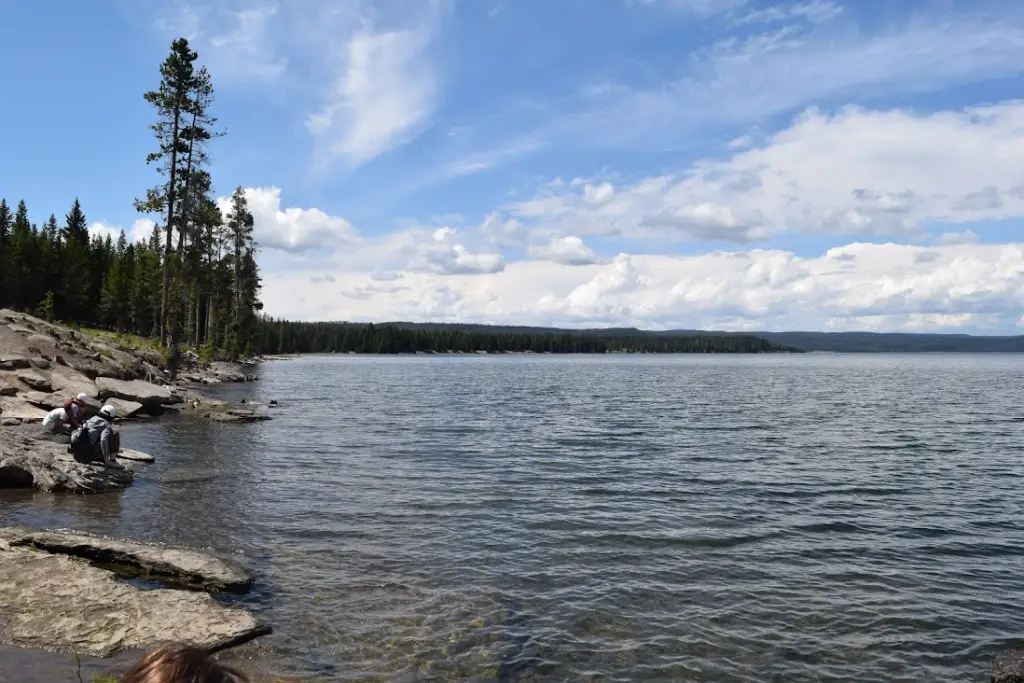
Yellowstone Lake is the continent’s highest high-altitude lake (7,737 feet). Its nutrient-rich fountains support a diverse range of plant and animal life. These include sponges, native cutthroat trout, and invasive lake trout. Birds abound, particularly several types of waterfowl. So, you will want to spend some time along the shore. Or better yet, kayak out into the lake over the heart of the caldera.
Wyoming Grizzly and Wolf Discovery Center
While this is not a natural hike it is a wonderful place for the children to experience wildlife. The discovery center provides a more controlled environment. This non-profit wildlife park is located beyond the park’s gates in West Yellowstone, Montana. It’s where bears and wolves that aren’t suited to living in the wild are kept to live out their lives. They become wildlife ambassadors in enormous man-made environments.
The Discovery Center offers a once-in-a-lifetime opportunity to see grizzly bears and wolves in a safe setting. Birds of prey are among the other creatures at the site.
Minerva Terrace & Mammoth Hot Springs
Mammoth Hot Springs is located on the east face of Terrace Mountain (8,012 feet). It is one of the world’s best examples of travertine-depositing thermal springs.
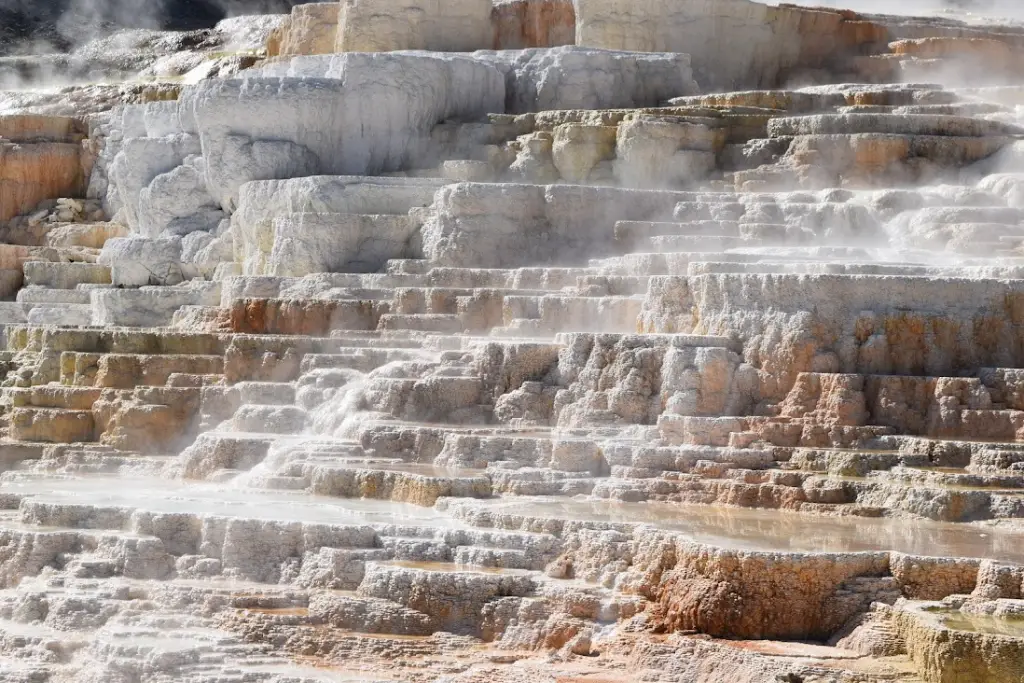
The region is peppered with 60 hot springs! These each have temperatures ranging from 64 to 165 degrees Fahrenheit. Their scorching waters dissolve calcium carbonate in the underlying limestone, generating a succession of ever-changing travertine steps.
Minerva Terrace is a favorite photographic subject. You may not have known it is one of Yellowstone National Park’s most iconic photographs. This is because it is one of the most magnificent examples of this process.
How to Get the Best Out of Your Stay at Yellowstone
- Don’t try to do everything in one day. Yellowstone is spread across over 2.2 million acres. 310 kilometers of paved road with thousands of hydrothermal characteristics and 290 waterfalls in all. Yellowstone Lake has 131.7 kilometers of coastline. As a result, seeing everything at once will be impossible, so take your time and enjoy your vacation.
- Don’t take selfies with wildlife up close! When shooting selfies, keep in mind that the animals in the park often have a difficult time surviving the tough seasonal circumstances. Avoid getting too close.
- Avoid Bringing Home Natural Collectibles. It may be tempting to collect rocks, antlers, and flowers as keepsakes. However, doing so can have a significant negative influence on the park’s natural beauty. Avoid taking any natural treasures from the park.
- Do not ignore the warning indicators. Don’t forget to pay attention to the intricacies of road signs and cautions while you’re enjoying your visit to Yellowstone Park. It saves you the hassle of becoming disoriented and in danger.
- Avoid large groups of strangers. Maintaining your safety while meeting new people and making new friends is essential. At all times, let the people you came with know where you are and who is with you.
- Review Covid Precautions. Don’t go into hotels, gift stores, or restaurants without wearing a face mask. In times like these, additional caution is required. Especially in the face of the COVID-19 pandemic, so remember to cover your nose, remain at least 6 feet away from other guests, and adhere to other COVID-19 restrictions.
Master these 10 skills before you head out camping.
YELLOWSTONE’S BEST CAMPGROUNDS
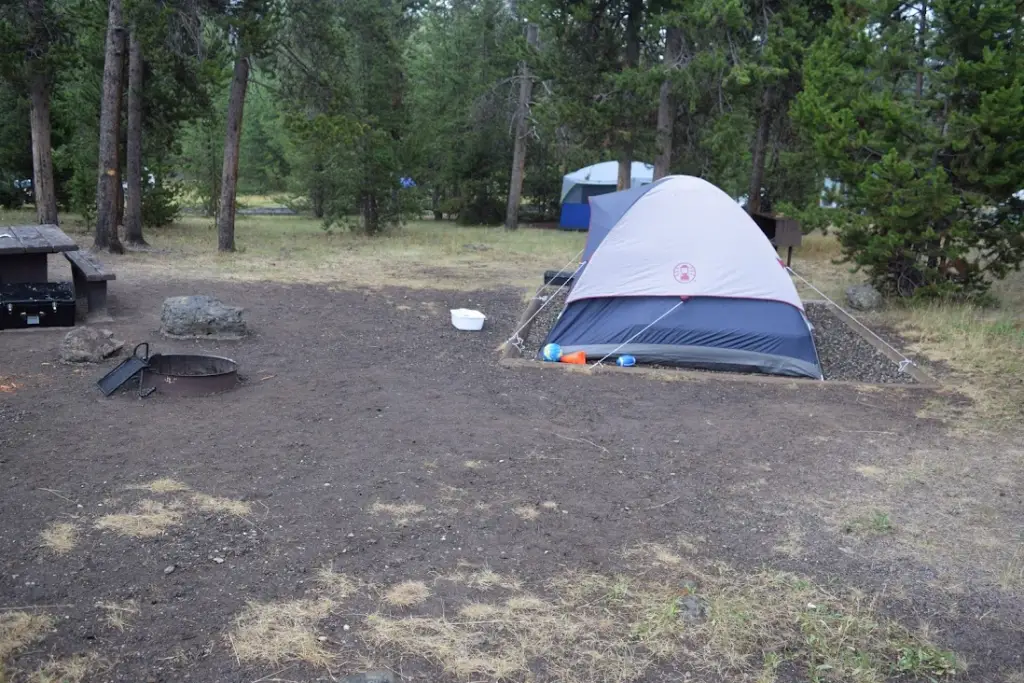
Over the decades, a lot of visitors have visited Yellowstone Park and have left ratings for the best campsites that made their stay memorable. While staying in Yellowstone is the ideal way to see the park, you may also stay outside in West Yellowstone. You could even camp in Gardiner or Cooke City in Montana, as well as near Yellowstone’s east entrance in Wyoming. There are several highly rated and most visited accommodations around the park. They are in handy locations to help you make your choice of campsite easy. This list is based on online user ratings. Check out each to find the best for your family.
- Pebble Creek Campground (4.8 stars)
- Yellowstone National Park (4.8 stars)
- Indian Creek Campground (4.8 stars)
- Hole Campground (4.7 stars)
- Bridge Bay Campground (4.6 stars)
- Canyon Campground (4.6 stars)
- Mammoth Campground (4.6 stars)
- Madison Campground (4.5 stars)
- Grant Village Campground (4.5 stars)
- Yellowstone Under Canvas (4.4 stars)
- Lake Boat Launch Campground (4.3 stars)
- Yellowstone National Park (4.2 stars)
- Yellowstone Park/West Gate KOA Holiday (4.2 stars)
- Grant Village Campground (4.2 stars)
DISTANCES WITHIN THE PARK
Yellowstone Park is a fantastic destination to visit. Exploring the park’s whole landmass is a difficult endeavor, we’ll give you with a guide to help you get about. The distance within the park varies depending on which entrance you use. The entire ground circle is about 198 miles to complete with a speed limit of 45mph. Below are some distances (all in miles) between the most popular stops;

Trip 1: 16 miles from Old Faithful to Madison Junction, 14 miles from Madison Junction to Norris Junction, 12 miles from Norris to Canyon, and 12 miles from Canyon to Tower (19 miles) The total distance to travel is 61 miles.
Trip 2: 16 miles from Old Faithful to Madison Junction, 14 miles from Madison to Norris, 14 miles from Norris to Mammoth, and 21 miles from Mammoth to Tower (18). The total distance to travel is 69 miles
Trip 3: From Old Faithful to West Thumb (17), West Thumb to Lake (16), Lake to Canyon (19), Canyon to Tower (19), Canyon to Tower (19). (19). The total distance to travel is 75 miles.
Final Thoughts on the Yellowstone National Park Quick Guide
For centuries and counting, Yellowstone has been home to numerous visitors and been a source of inspiration to various artists. Now is your turn to get a feel of the wonderful landscapes and scenery it has to offer. Don’t get hung up on the geysers. While they are fantastic to see there is so much more. Explore the mountains. See the waterfalls! Get out on the lake. Most importantly though, connect with your family and be comfortable finding yourself in the outdoors. Gear up yourself and your family and await the most enjoyable experience ahead.
What is your favorite part of visiting Yellowstone National Park? Tell us in the comments below, on our Facebook, or on Reddit!

